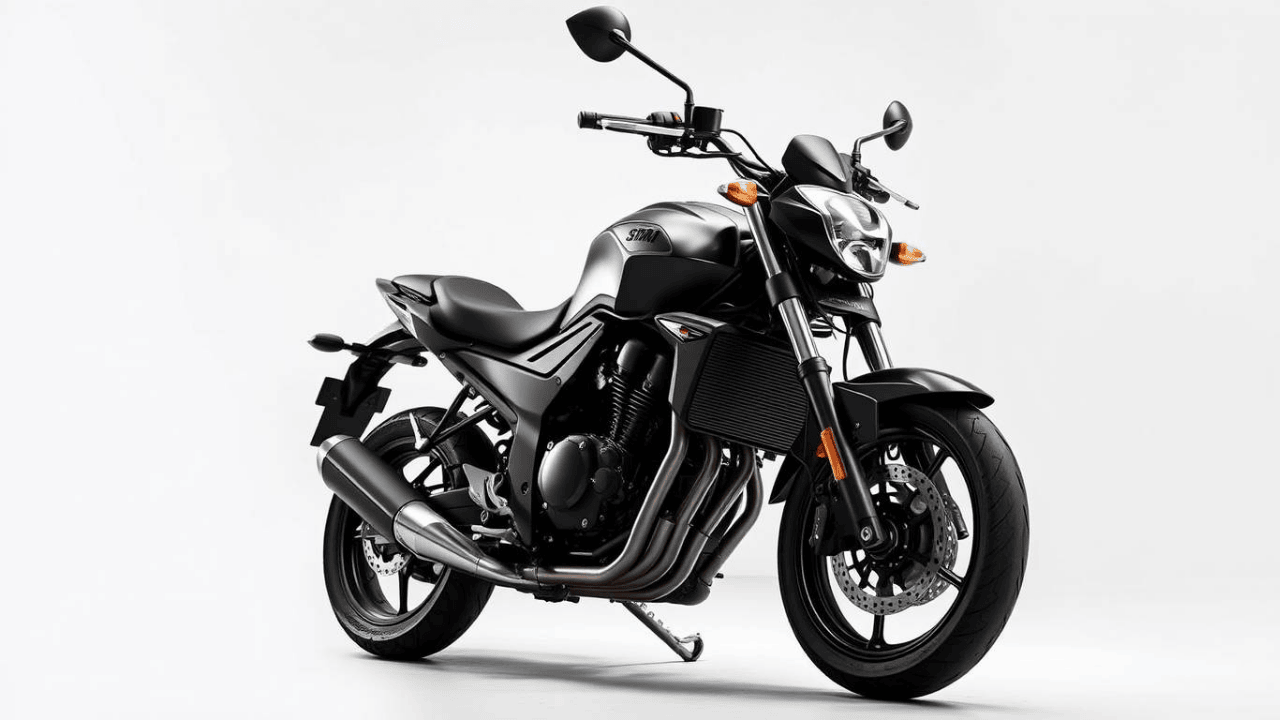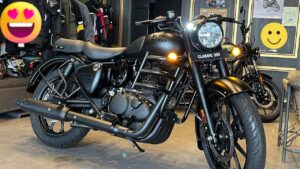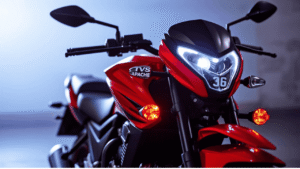There’s something about retro-styled motorcycles that just pulls you in. Maybe it’s the nostalgia, maybe the raw simplicity. Or maybe it’s the way they blend classic looks with today’s engineering. Enter the Yamaha XSR 155—a bike that’s being called the “return of the king.” It takes Yamaha’s famed sport heritage DNA and dresses it up in timeless café racer charm. If you’ve ever dreamed of a motorcycle that looks straight out of the 70s but rides like 2025, this little machine checks all the boxes.
A Retro Design That Actually Feels Retro
The XSR 155 wears its vintage badge proudly. Round LED headlamp, tuck-and-roll seat, sculpted tank—it feels like Yamaha actually cared about the design instead of just slapping stickers on a sport bike. Unlike many neo-retro bikes, the XSR 155 doesn’t scream “wannabe.” It’s the kind of motorcycle that’ll get nods at a red light from both college kids and seasoned riders who remember when bikes had soul.
And let’s not miss the details: aluminum panels, retro-style speedometer, and that minimalist stance. Yamaha clearly took inspiration from its XSR family—especially the bigger 700 and 900—but scaled it down without making it look toyish.
Performance That Surprises
Don’t let the “155cc” tag fool you. Underneath the classic look sits the same liquid-cooled, VVA (Variable Valve Actuation) engine from the R15 V4 and MT-15. That means you’re getting a healthy 19 horsepower, smooth acceleration, and enough top-end punch to cruise highways comfortably.
The engine isn’t just quick—it’s efficient too. Riders can expect mileage in the 40–45 km/l range, which makes it a practical choice for daily commutes without feeling like you’ve compromised on fun. Paired with a 6-speed gearbox and assist-and-slipper clutch, gear shifts feel buttery, and you won’t have to deal with nasty wheel hops if you downshift aggressively.
Handling and Ride Comfort
Here’s where Yamaha really nails it. The XSR 155 isn’t just about looks and engine—it rides beautifully. Thanks to the delta box frame, upside-down front forks, and monoshock rear suspension, handling is sharp without being intimidating. City traffic? No problem. Weekend twisties? The XSR will happily lean in and carve corners.
Seat height sits at 810 mm, which might feel a little tall for shorter riders, but the narrow design makes it manageable. The riding posture is upright and relaxed—a blessing for anyone tired of back-breaking sportbike ergonomics.
| Specification | Yamaha XSR 155 |
|---|---|
| Engine | 155cc, Liquid-Cooled, VVA |
| Power Output | ~19 hp @ 10,000 rpm |
| Torque | ~14.7 Nm @ 8,500 rpm |
| Transmission | 6-Speed, Assist & Slipper Clutch |
| Frame | Delta Box |
| Front Suspension | USD Forks |
| Rear Suspension | Mono-shock |
| Fuel Efficiency | ~40–45 km/l |
| Seat Height | 810 mm |
| Kerb Weight | ~134 kg |
Who’s It For
If you’re a first-time big-brand buyer, a student looking for style, or even a middle-aged rider who wants something light and easy to ride, the XSR 155 fits. It doesn’t try to be a superbike, yet it doesn’t feel underwhelming either. It’s the perfect everyday bike that doubles as a weekend toy.
In markets like India and Southeast Asia, where retro bikes like Royal Enfield dominate, the Yamaha XSR 155 offers something different: modern performance without losing vintage vibes.
Price and Availability
The XSR 155 isn’t globally launched everywhere yet. In countries like Indonesia, Thailand, and India, it’s already making waves, with pricing around ₹1.6–1.8 lakh (roughly $1,900–$2,200). That’s competitive considering the tech and design you’re getting. If Yamaha decides to bring it to Western markets, it could give entry-level retro bikes like the Honda CB300R or even smaller Royal Enfields a run for their money.
FAQs
Is the Yamaha XSR 155 good for beginners?
Yes, it’s lightweight, easy to handle, and forgiving—ideal for first-time riders.
Does it share the same engine as the Yamaha R15?
Exactly. Both run on the same 155cc liquid-cooled VVA engine, tuned for smooth performance.
What’s the top speed of the XSR 155?
Riders report around 120–130 km/h (75–80 mph), depending on conditions.
How does it compare to the Royal Enfield Hunter 350?
The Hunter has more torque and thump, but the XSR is lighter, quicker, and more modern in features.
Will it come to the US or UK?
No official word yet. Currently, it’s focused on Asian markets, though demand elsewhere is strong.



